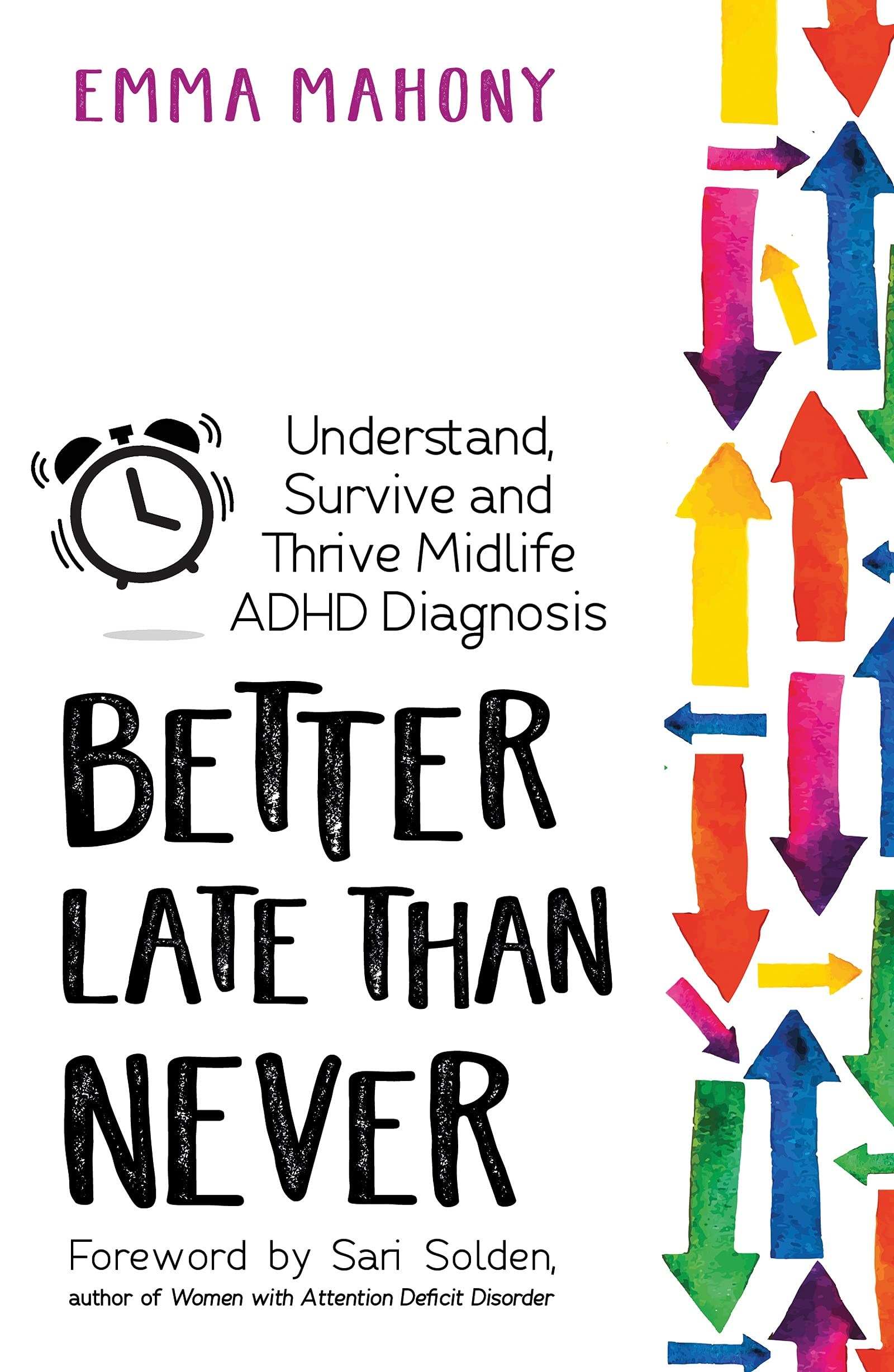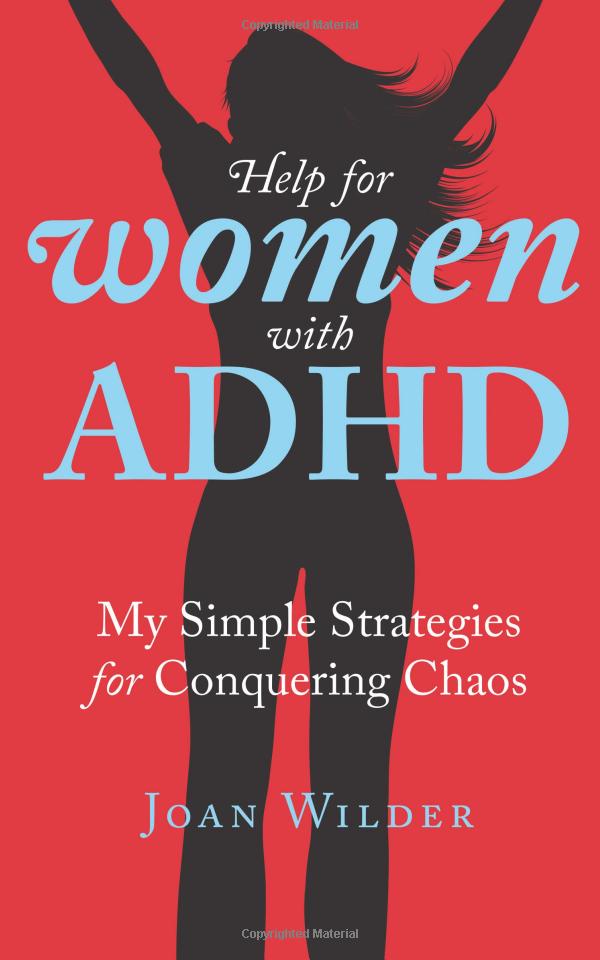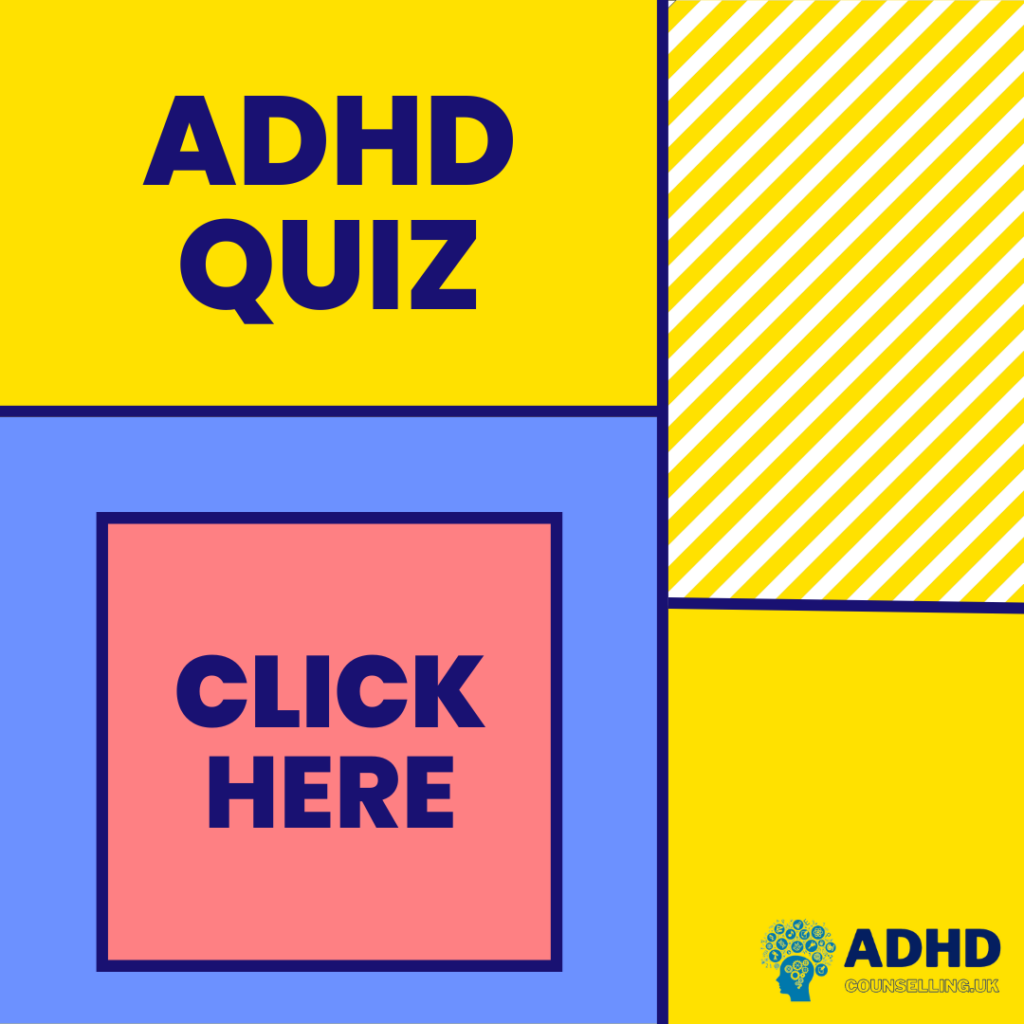ADHD Resources
Useful Information
What are reasonable adjustments?

The Equality Act 2010 defines disability as a “physical or mental impairment” which “has a substantial and long-term adverse effect… on the carrying out of day-to-day activities”, and is designed to ensure those suffering with disabling conditions are not unfairly disadvantaged in the workplace.
Following the employment tribunal of Northumberland Tyne and Wear NHS Foundation Trust v Dr G in January 2013 (click for link to summary judgement), a legal precedent was set regarding adjustments employers must make in order to accommodate ADHD employees. These adjustments, under UK law, must be concrete, timely, and not tied up in a consultation or assessment process.
In short, if you have ADHD and need to make changes to the way you work, you have a legal right to ask for changes, which means your disability doesn’t affect your ability to do your job, and your employer has an obligation to act on those requests.
However, these adjustments must be practical, affordable, and not harmful to the health and safety of others.
The costs for these changes are the responsibility of your employer. Although similarly available to help keep those disadvantaged by their condition in employment, the government access to work scheme does not cover anything considered a reasonable adjustment and is instead solely intended for practical support with your work such as lip readers, note takers, coaches or counsellors, or adaptations to a vehicle.
An individual can apply for an access to work grant by clicking here.
What is the right to choose?


If you’re registered with a GP in England and you are referred to a consultant or specialist mental health service for an ADHD assessment, you have the legal right to choose the provider as long as the organisation is providing that service in another part of the country.
Practically, what this means is that if you’re faced with a long waiting list following a GP referral, then doing a little bit of leg work to find a provider yourself can significantly reduce the time you have to wait.
The stages of using the right to choose system are as follows:
- Meet with your GP to discuss your ADHD. A referral is made.
- Your GP will advise of the approximate waiting time.
- You contact one of the Right to Choose providers, who should advise you of the approximate waiting time and provide you with:
- An Adult Self-Report Scale symptom checklist, also known as an ASRS form.
- Advice on how to complete, or a template, for a letter addressed to your GP instructing them to refer your care to your chosen Right to Choose provider.
- Take those forms to your GP, instructing them to make the referral.
- The GP then needs to send the following to the provider:
- A cover letter stating a referral for you to your chosen provider for an AHDH assessment under NHS Right to Choose legislation.
- This letter should include your name and email address.
- A medical summary
- The completed ASRS form.
- A cover letter stating a referral for you to your chosen provider for an AHDH assessment under NHS Right to Choose legislation.
- The provider then contacts you in due course.
Providers of ADHD assessments under the Right to Choose include:
- ADHD 360: https://www.adhd-360.com/right-to-choose/
- AXIA: https://axia-asd.co.uk/
- Clinical Partners: https://www.clinical-partners.co.uk/
- Evolve Psychology Services: https://evolvepsychology.org/
- Healios: https://healios.org.uk/
- Psychiatry-UK: https://psychiatry-uk.com/right-to-choose/
What is the access to work scheme?


Access to Work is a government scheme that provides financial support for people with physical or mental health conditions, enabling them to take up or stay at work. This support can be up to £62,900 per year.
As well as being available for those with ADHD, the Access to Work scheme is open to all to apply, whether you are in full or part-time employment or even if you are currently unemployed. You do not need to have a formal diagnosis of ADHD to apply for ADHD support.
Grants issued do not need to be repaid and do not affect any other benefits you might receive.
These grants can be used for practical support such as:
- Coaching, counselling or in-work support
- Adaptive or specialist equipment, including screen readers.
- An interpreter or note-taker to assist with meetings or interviews.
- Noise-cancelling headphones
With support accessible for a period of three years before it is reviewed.
Additionally, the Access to Work scheme offers help to develop support plans in the workplace, including:
- Providing additional training
- Arranging extra time to complete tasks
- Providing a mentor or ADHD coach
- Arranging flexible working patterns
Applications for the programme can be made at https://www.gov.uk/access-to-work.
ADHD Co-morbidities
Addiction/substance abuse
Increased impulsivity and behavioural problems can contribute to abuse. Those with ADHD are three times more likely to develop a substance abuse problem. This can be because the brain is seeking rewarding behaviours or because of comorbid conditions from the person’s life experience to this point.
Alexithymia
Difficulty accurately identifying or describing emotions and sensations in ourselves or others.
Anxiety
A feeling of unease, worry or fear, which can have a varying degree of effect on a person’s mental wellbeing and behaviour.
Aphantasia
Do not think in pictures, and are unable to visualise imagery or conjure a scene in their minds.
Central Auditory Processing Disorder (CAPD)
Also known as auditory processing disorder (APD). People with CAPD can hear, but the brain has trouble filtering and processing the sounds. This can include not being able to differentiate between similar sounds in words, hearing what someone is saying to them but not being able to make sense of it, difficulty blocking out background noise, and not being able to tell from which direction a sound is coming from.
Depression
A state of feeling unhappy or unmotivated and without hope for the future. Can affect behaviour, appetite, motivation, mood and sleep.
Dyscalculia
A neurodevelopmental condition is frequently seen with ADHD and autism, which affects the ability to understand, learn, and perform math and number-based operations.
Dysgraphia
A neurodevelopmental condition is frequently seen with ADHD and autism, causing difficulties with letter formation and word spacing in handwriting.
Dyspraxia
The preferred term now developmental co-ordination disorder – ‘dyspraxia’ can mean different things in adults when it is caused by a stroke or head injury, for example. It is a neurological developmental condition which affects motor skills and coordination. Although it can impact learning, it is not a learning disorder.
Oppositional defiance disorder (ODD)
A type of behaviour disorder. Children with ODD are uncooperative, defiant, and hostile toward peers, parents, teachers, and other authority figures.
Pre-menstrual dysphoric disorder (PMDD)
A very severe and debilitating form of PMS which impacts life, work and relationships dramatically. It can lead to mental health crises and suicidal thoughts. Autistic women and women with ADHD are known to be more likely to suffer from both PMS and PMDD. Both can also affect the way ADHD medications work and increase the risk of autistic discomfort and meltdowns.
Prosopagnosia
Also known as ‘face blindness’. A condition where people have great difficulty recognising faces that they have seen before, even many times. In extreme cases, they may have trouble recognising close members of their family.
Rejection sensitive dysphoria (RSD)
Becoming more widely known, particularly with ADHD. It is extreme emotional sensitivity and pain triggered by the perception that a person has been rejected or criticized by important people in their life. It may also be triggered by a sense of falling short—failing to meet their own high standards or others’ expectations.
Sensory processing disorder (SPD)
Also known as sensory integration disorder. A neurological disorder or difference that results from the brain’s inability to integrate certain information received from the body’s sensory systems. The individual reacts in an extreme way to sensory experiences.
Synaesthesia
A condition where two or more senses that are normally experienced separately are involuntarily joined together. For example, experiencing colour when hearing sounds or reading words. These sensations cannot be turned on or off. Synaesthesia isn’t a disease or illness and is not harmful at all.
Tourettes syndrome (TS)
One type of neurological disorder characterised by severe or very frequent tics. Tics are involuntary and repetitive movements and vocalizations.
ADHD toolbox
Focus and attention – body doubling via Focusmate

Please note: this is not an advert, nor do ADHD Counselling UK act as an affiliate or earn commissions from the use of Focusmate.
Distraction and ADHD go hand-in-hand. It’s there in the name.
Focusmate changes the way you work by connecting you to other professionals who have committed to being accountable for finishing their most important work.
You choose a time to work, and Focusmate pairs you with an accountability partner for a live, virtual coworking session that will keep you on task.
You can use Focusmate for three sessions a month for free, or for an unlimited number of sessions for just $5 a month.
Focus and attention – reading via bionic reading
The Bionic Reading Method:

Bionic Reading revises texts so that the most concise parts of words are highlighted. This guides the eye over the text, and the brain remembers previously learned words more quickly.
The user’s eye is guided through the text by means of typographic highlights. With the interplay of “Fixation”, “Saccade”, and “Opacity”, visual stimuli can be transferred to the text, which decisively changes the typeface.
More information on the method can be found on the creator’s website, and a free app which converts text into the bionic reading layout is available on the Apple App Store, Android Play Store, with a plug-in available Windows and Mac users from the Chrome Web Store or can be used directly through the website.
A fantastic article about this was published in The Guardian, available to read for free.
Focus and attention – white/brown/pink noise via YouTube
White (or background) noise is a proven ADHD aide – not just for studying or concentration, but to help silence the part of the brain which constantly needs to be ‘doing’ and is thought to stimulate dopamine production. Based on Optimal Stimulation Theory, there are other types of ‘noise’ and colour references, such as pink, brown, red or black – the differences between them are not always clear, but they refer to differences in frequency and bandwidth.
The response to these noises in the brain is a process known as stochastic resonance, defined as “the statistical phenomena where signals that are normally too weak to be detected become detectable when a random (stochastic) noise is added.”
In simple terms, the level of activity in the brain required for focus in ADHD people may be too weak, and adding in a background noise stimulates activity that can aid focus.
Travel tool – organisation and planning via tripit

Please note: this is not an advert, nor do ADHD Counselling UK act as an affiliate or earn commissions from the use of TripIt.
Anxiety about travel is a hallmark of ADHD – the unfamiliar environments, the planning, and the travel can be extremely overwhelming.
TripIt is a user-friendly app that does the organising for you. Either manually enter your plans through their interface or simply forward your booking confirmation emails, and it appears in the app’s intinery.
TripIt is available for Android and Apple devices from TripIt – Travel Planner

Recommended ADHD Reading
please note: ADHD Counselling UK may earn a small affiliate commission from books sold.
Downloads
Planner and to-do list

To-do lists are one of the most common solutions presented to ADHD-ers and one of the most frustrating. The issue is perhaps not the advice or the tool itself but perhaps an explanation of how to best use it.

Click here to download To-Do List Template (PDF)
Please note: part of the way these tools work is when they become habitual. This list needs to be completed each day, including at the weekend. A good tip is to set a daily alarm in your phone, usually for just before you go to bed.
1. In the left column of the form, under ‘Task List’, write down everything you can think of which needs to be done the next day, in no specific order.
2. Under the next column, ‘How long will it take?’, write how long you think each task in your list will take to complete.
3. Now go to the end of your list and add up all the time values. The answer to this question will help you set up the rest of your day.
(A) Ask yourself how many hours you have today to complete tasks. Because you’re (likely) ADHD, then ask yourself a supplemental question – how often have I actually worked solely on the things I have to do for >INSERT HOURS HERE< before? You may have given yourself 9 hours. Have you done 9 hours of concentrated work before? Now, give yourself a realistic number.
(B) If your answer to the number of hours you have available is less than the total of your activities, then good news!
(C) If the total time of your activities is greater than your available or capable time, then this marks a typical time an ADHD person would typically enter into a state of overwhelm and condemn themselves to failure. This is why we have the next column.
Example: on Saturday, I have approximately 6 hours (a) available, and (b) an amount of time I can reasonably expect myself to work in an organised, focussed way. I wrote out all the things I wanted to do that day assigned time values, and the sum total was 12 hours of activity. So, I began to prioritise.
4. Prioritise: this list needs to be completed every day at the same time. Just before bed (so it’s not on your mind to remember for the next day) is best practice.
The feelings wheel
The Feelings Wheel
Created by psychotherapist Dr Gloria Wilcox, The Feelings Wheel is designed to help people develop language around feelings and emotions, starting with the more basic (the inner circle) and developing into the outer circles.






